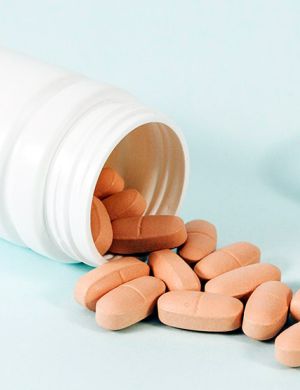
FDA Authority Over Cosmetics
Cosmetics consist of mixtures of chemical compounds derived from natural or synthetic sources. They serve a variety of purposes, including cleansing, protecting, and caring for the body or skin. Makeup products are used to conceal imperfections, enhance natural features like eyebrows and eyelashes, add color to the face, or transform the appearance to resemble different characters or objects. Some cosmetics are also formulated to add fragrance.
In the United States, cosmetic requirements differ from those of many other countries due to distinct legal definitions of drugs and cosmetics, limitations on the use of color additives and certain ingredients, as well as registration procedures. The Federal Food, Drug, and Cosmetic Act (FD&C Act) defines cosmetics as products intended to be applied to the human body for cleansing, beautification, promoting attractiveness, or altering appearance.
Laws Enforced by FDA for Cosmetics
- Federal Food, Drug, and Cosmetic Act
- Fair Packaging and Labeling Act
- Microbead-Free Waters Act of 2015
- Effective dates for rinse-off cosmetics: Manufacturing—July 1, 2017; Interstate commerce—July 1, 2018
- For products also classified as nonprescription drugs: Manufacturing—July 1, 2018; Interstate commerce—July 1, 2019
Laws and Regulations
Cosmetics sold in the United States—whether domestically produced or imported—must comply with the FD&C Act, the Fair Packaging and Labeling Act (FP&L Act), and all regulations issued under these laws.
FDA’s regulations are codified in Title 21 of the Code of Federal Regulations (21 CFR). Cosmetic-related regulations appear in Parts 700–740, while color additive regulations are located in Parts 73, 74, 81, and 82.
Cosmetic Registration
Companies may register their cosmetic products through FDA’s Voluntary Cosmetic Registration Program (VCRP). While not mandatory, this program helps FDA monitor the cosmetic market by providing key information about products, ingredients, usage frequency, and responsible businesses.
Cosmetic Labeling Requirements
Cosmetics distributed in the United States must follow FDA’s labeling requirements under the FD&C Act and FP&L Act. Labeling includes all written, printed, or graphic material on or accompanying the product. Statements required under the FD&C Act must appear on both the inner and outer packaging, while FP&L Act requirements—such as ingredient lists and net quantity statements—apply only to the outer container.
Labeling rules, found in 21 CFR Parts 701 and 740, include specific requirements for the principal display panel, which must show the product name, its nature or intended use, and an accurate net quantity statement. Measurements must follow prescribed U.S. customary units, with optional metric equivalents.
Ingredient and Product Safety
Imported cosmetics must meet the same safety and labeling standards as those made in the U.S. FDA does not pre-approve cosmetic products or ingredients except for color additives. Companies must ensure their products are safe, properly labeled, free of prohibited ingredients, and compliant with restrictions on regulated substances.
Color additives must be confirmed as approved for their specific intended use, and some require certification for purity by FDA laboratories before they may be legally marketed.
Although FDA does not mandate specific testing methods, cosmetic manufacturers are responsible for substantiating product and ingredient safety before placing items on the market.fy any particular testing regimens for cosmetic products or ingredients, it is the cosmetic company’s responsibility to substantiate product and ingredient safety prior to marketing.
Don’t miss out! Click here to stay in touch.
Categories
- Biopharma (58)
- Consumer Health (21)
- Cosmetics (11)
- Diagnostics (5)
- Digital Health (8)
- Food (2)
- Medical Device (112)
- OTC (5)
- Regulatory Intelligence (13)
- Standards (41)
Recent Blogs
Get the latest updates from Vistaar

CONNECT WITH US

Let's talk about how Vistaar can help you




